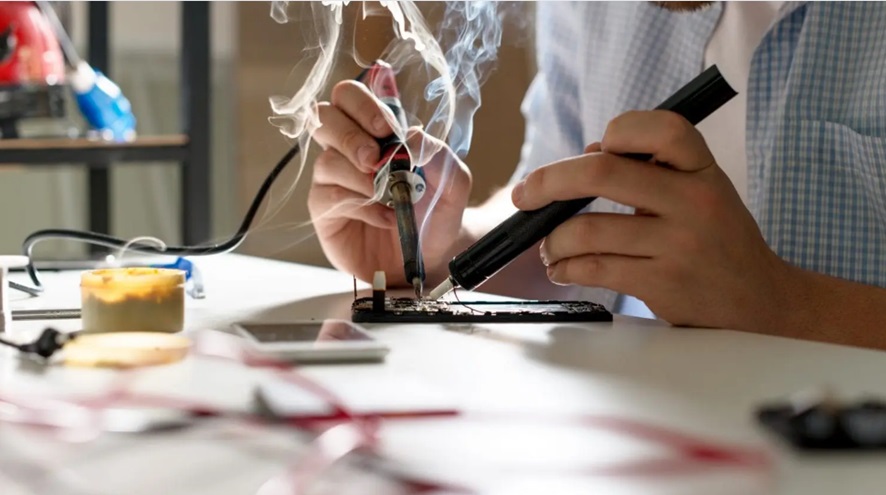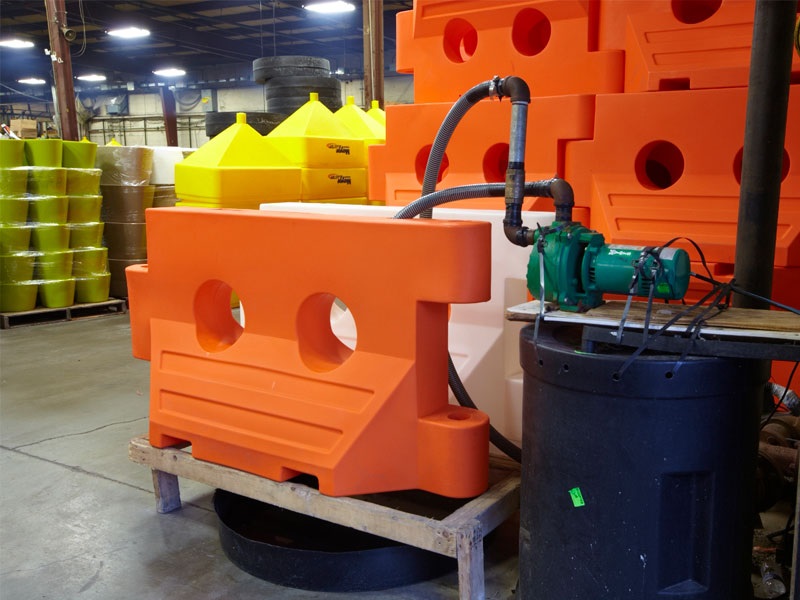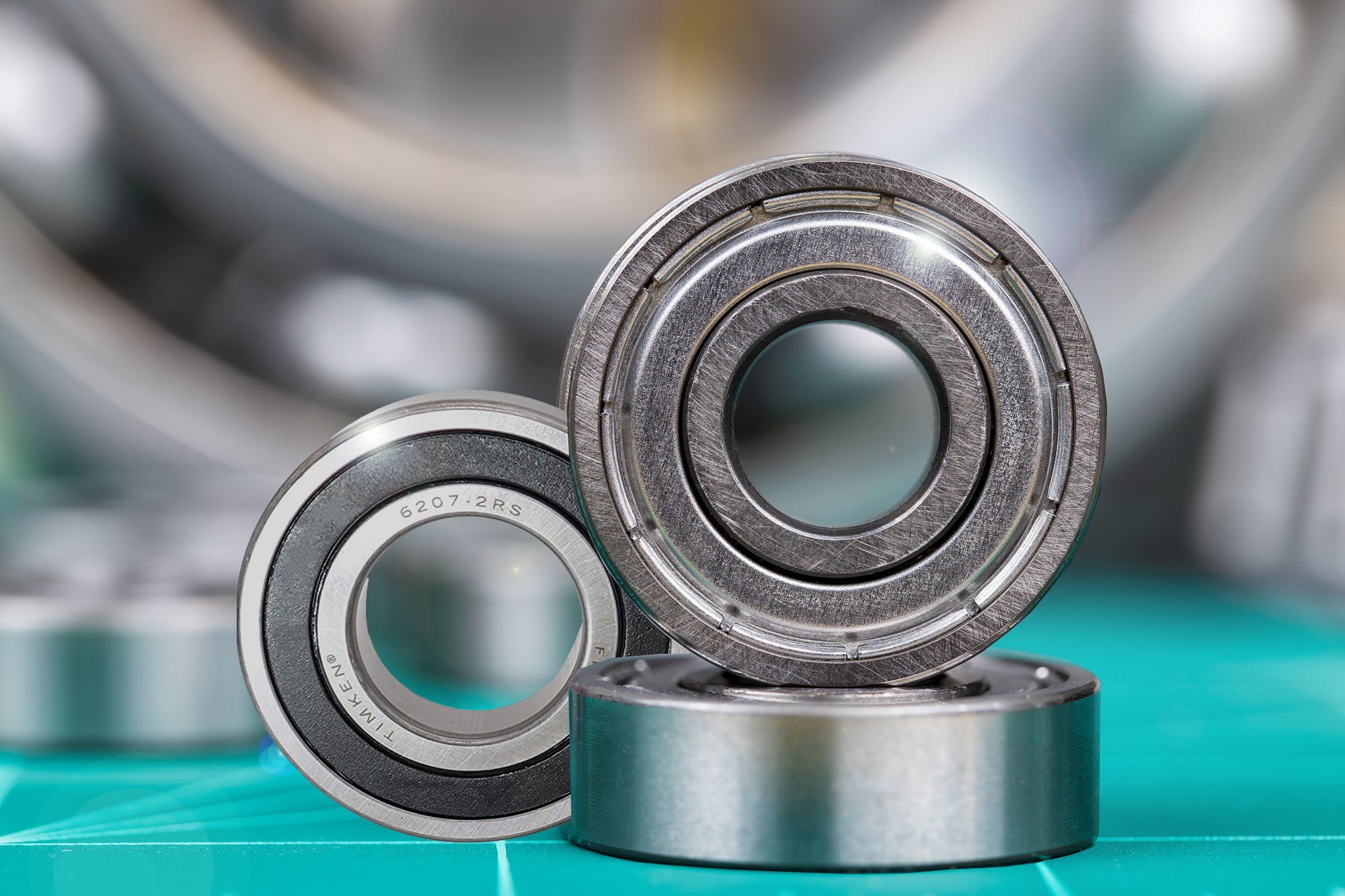Safety Tips to Remember While Using Lab Ovens
In most laboratories, lab ovens are standard-regulated equipment used in high-force volume thermal convection processes. Regardless of the temperature that is set on it, lab ovens provide even heating throughout the entire unit. Other than some, most of the lab ovens are programmed and made to reach an ambient temperature of around 300°C. Processes such as annealing, die-bond curing, drying, polyamide baking, and sterilizing are some of the few uses of a laboratory oven. Ovens with high-temperature operating conditions are usually used for specialized applications in physics, electronics, and material processing.
There are mainly two types of laboratory ovens, vacuum type ovens, and convection type ovens. Ordinary convection ovens use hot air as their main resource to dry out materials while in a vacuum oven, samples are dried out by utilizing vacuum pumps to pump out the air during the heating process. Due to the vacuum nature of these ovens, they are highly regarded and used as lab ovens as they prevent the formation of moisture and oxidation on samples as some materials can react while coming in contact with air. These ovens are usually easy to use with specific temperatures, but things can always go sideways. Here are some useful tips to remember while using these ovens in your lab.
- Make sure to place your oven in a clean, moisture-proof environment, mostly indoors to prevent corrosion.
- There should be at least a 4-inch gap between the wall and the oven and an 11-inch gap between the oven and the ceiling.
- Smaller ovens normally require a voltage of around 220V but some larger ovens can go up to 380V, thus always check the voltage requirement of your oven before using it.
- Always check whether the power supply is connected to the power unit or not before switching it on and placing your samples.
- Some ovens come with blowers. Blowers are supposed to be kept open during the heating and thermostatic process or else this can cause uniformity in temperature and can easily damage the sample and the heating element.
- After adjusting the temperature to your need, you should put your samples in the oven in a non-dense manner. Remember not to put any sample at the bottom of the heating plate as this can affect the flow of air and can disrupt the air cycle within the oven. Remember not to bake flammable or explosive items in your oven.
LeDab provides you with high-grade industrial-quality vacuum ovens for all your laboratory purposes.




